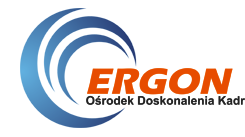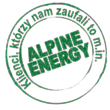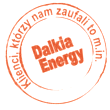Basic welding processes
Specifics of the welding process
Welding is a process by which we are able to build cars, ships or all kinds of structures. It also allows us to permanently join metals and their alloys together. Materials are joined by heating and melting them at the point of future joining. Thermal energy plays a key role in this process, which can be obtained for example from gas or electricity.
Types of welding
The heat source is usually the welding arc. Welding using this method is called arc welding. Only the heat that is generated by the arc can be used. This causes the welded parts to fuse together.
In the context of where the energy used comes from, we can also distinguish several other types of welding such as:
- electrical welding - metals from 1 to 80 mm thick are usually welded using this method,
- gas welding - This method is used for welding all types of steel and independent metals,
- laser welding -this method is suitable for welding alloyed steels, nickel or difficult-to-melt metals, among others,
- hybrid welding - this method provides a more durable way of joining materials.
Types of welding processes
Welding can be divided into three basic welding processes:
- welding,
- soldering - involves joining metals using a binder whose melting point is lower than the melting point of the materials to be joined,
- welding - involves heating the surfaces to such a degree that they become ductile, after which they are pressed together. There are welding methods where materials are first pressed together and then heated.
What materials can we weld?
The most commonly welded materials are aluminium, mild steel and stainless steel. In addition to metals, plastics can also be welded. In their case, the heat source is hot air or an electric resistor.
What is necessary for welding?
Welding requires not only the right experience, but also specialised equipment. The process requires the welder to be precise and attentive. It is also important to make the right decisions such as:
- appropriate choice of welding method,
- selecting the right binder.
You should also take care of safety and equip yourself with specialized welding masks.
Types of welding methods
- In the context of the available welding methods, we can distinguish the following types: MIG/MAG - gas shielded welding,
- welding with covered electrodes (MMA),
- non-fusible electrode arc welding (TIG),
- gas welding,
- plasma arc welding,
- laser beam welding.
Which type of welding to choose?
Which type of welding we choose to carry out depends on many factors. First of all, we should consider the type of material to be welded, the speed of execution and the budget we have available. Experience and the skill of the welder can also play a role - especially for more advanced tasks. When deciding which method to ultimately choose, it is worth comparing the characteristics of the different techniques. It will be crucial to determine what you care about most - accuracy, durability or perhaps working speed. Each of these options achieves a different end result, so it makes sense to be precise.






























